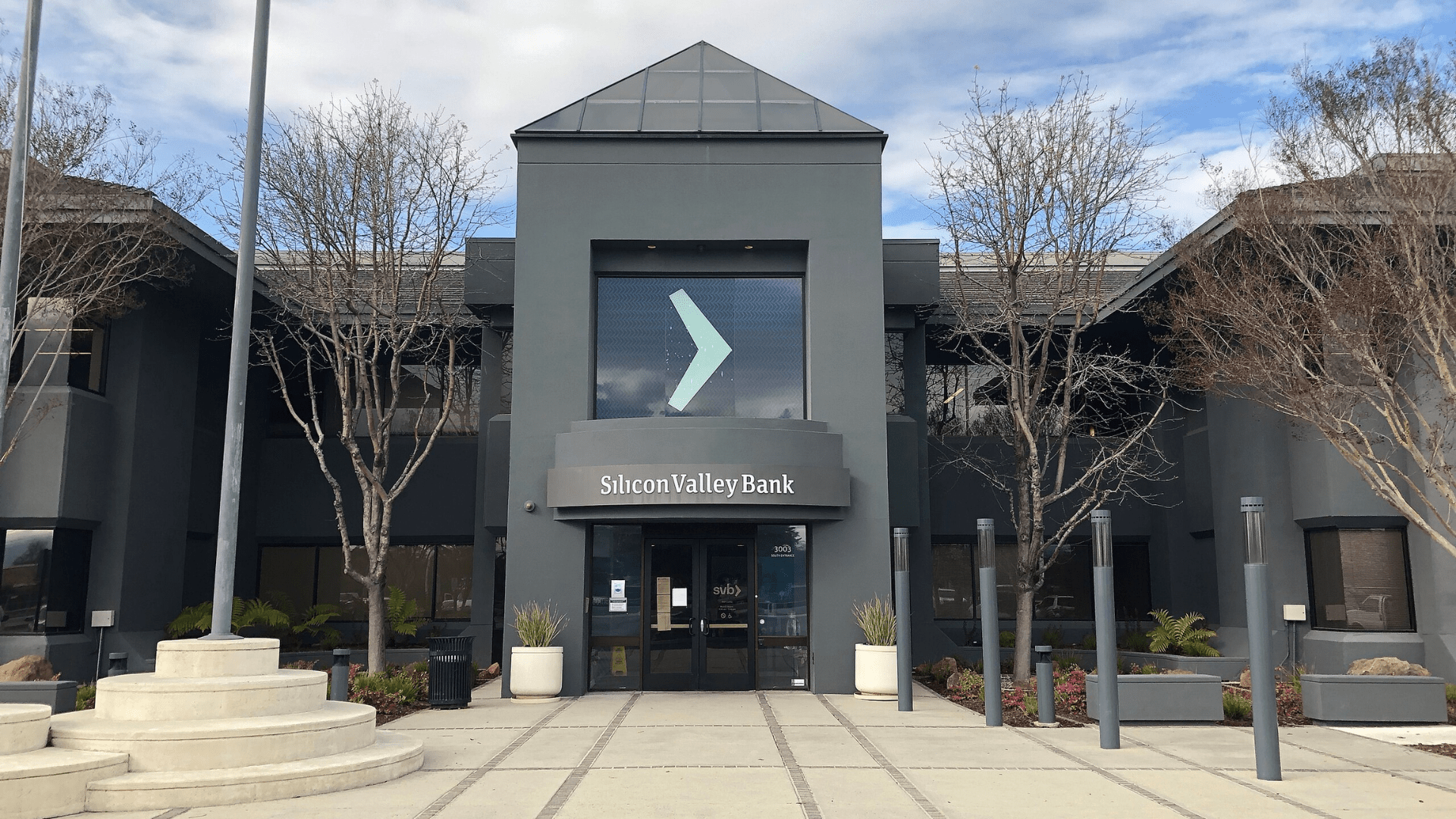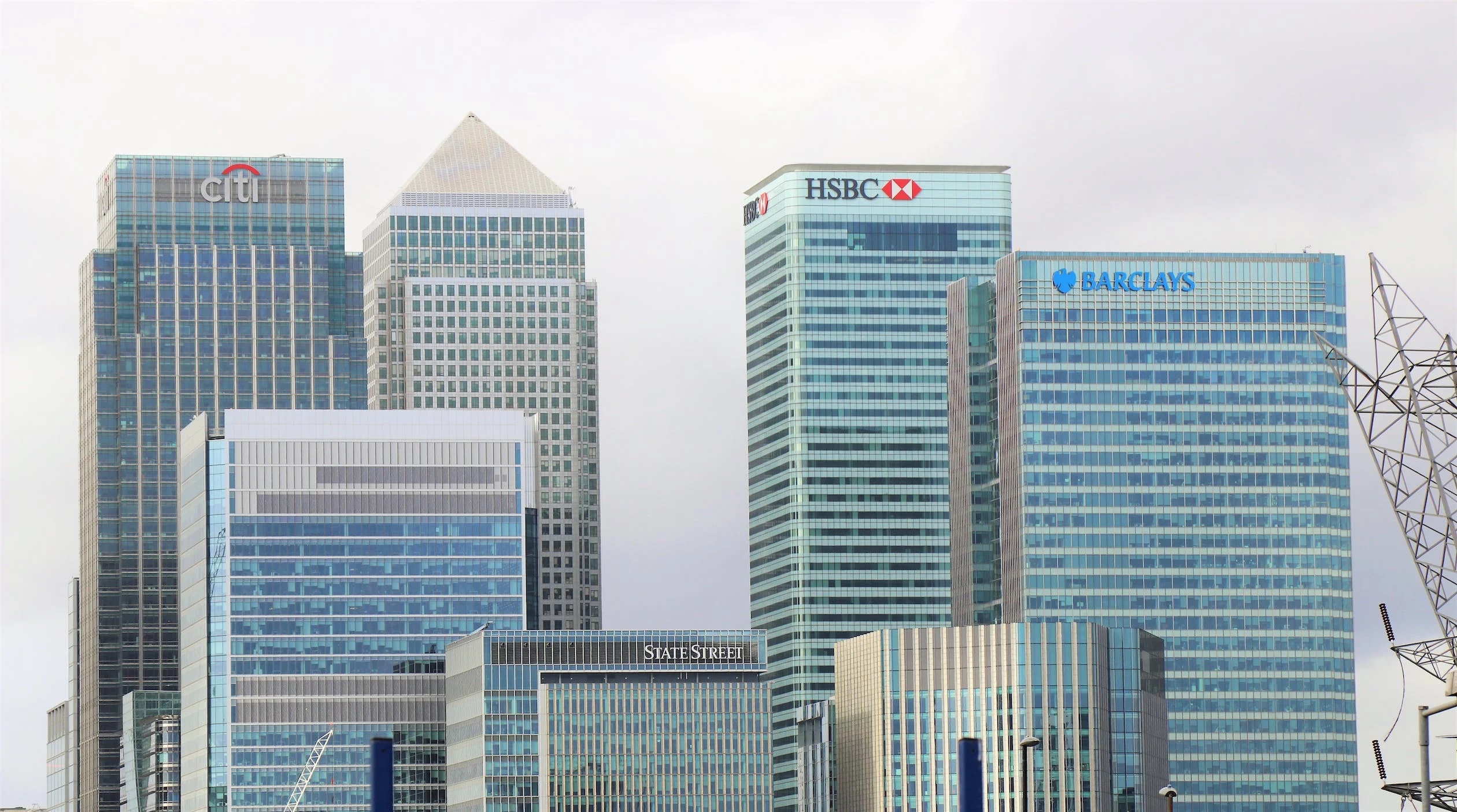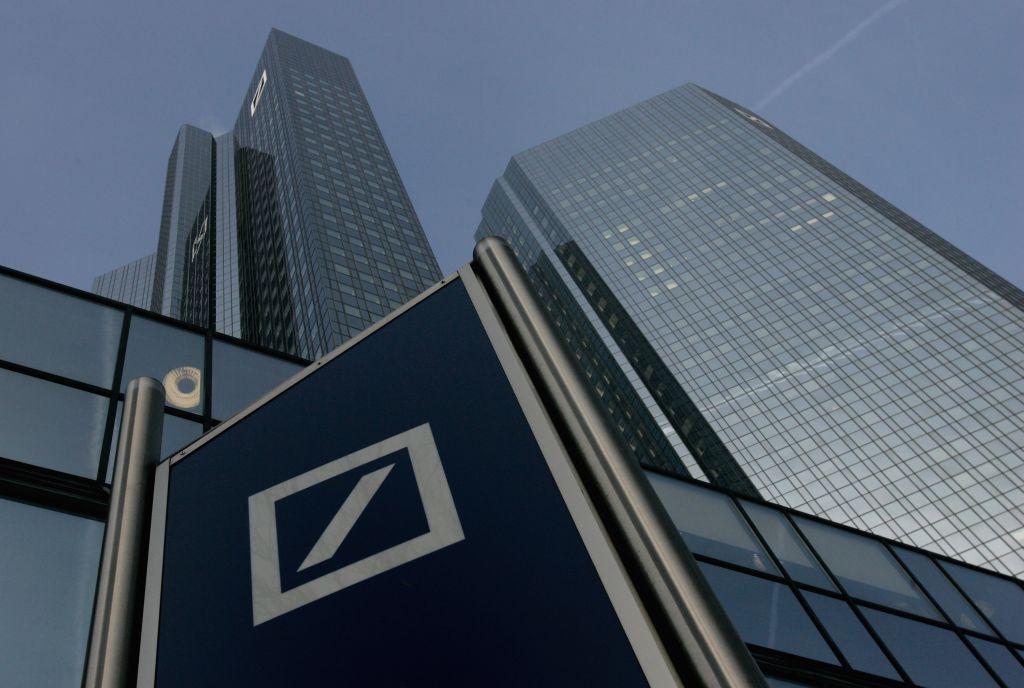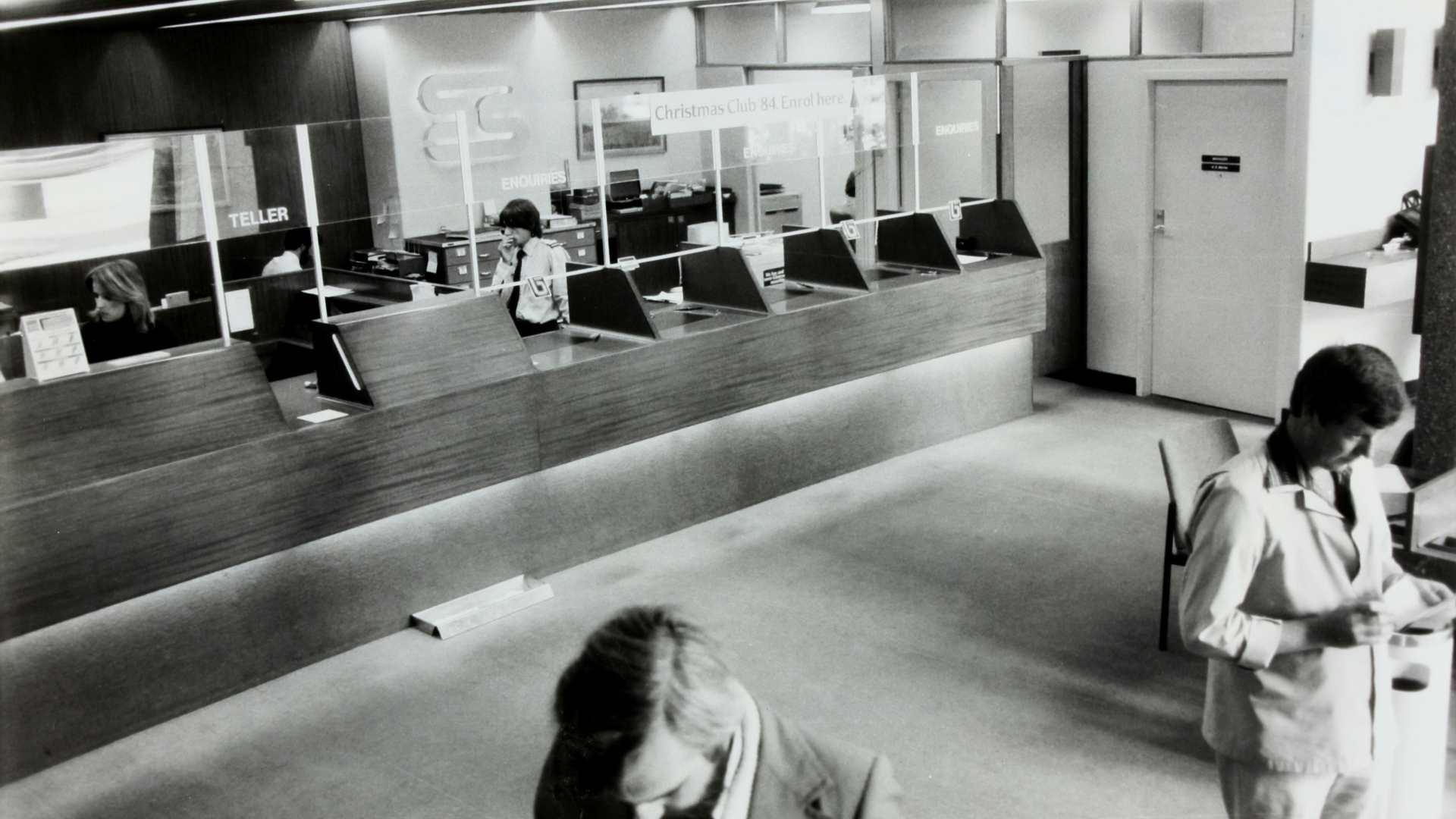As 2024 continues, a looming challenge threatens the U.S. economy: $929 billion worth of commercial mortgages are set to mature. This figure represents a staggering 20% of the total outstanding commercial real estate (CRE) loans, signaling potential turmoil for the sector.
The distress is elevated further by rising interest rates, which have simultaneously battered property values, especially in the office segment. The shift toward remote and hybrid work models has only intensified the strain, leaving a significant portion of the market vulnerable to defaults. This scenario paints a dangerous picture for lenders and investors alike, underlining the critical junction at which the commercial real estate market stands.
Interest Rates: The Silent Saboteur

The Federal Reserve’s response to inflation through interest rate hikes has had unintended consequences on the commercial real estate market. Since the beginning of the rate increases in 2022, borrowing costs have surged, directly impacting property valuations and investor interest.
Higher rates translate to higher expenses for property owners, making it increasingly difficult to maintain profitability. This situation has created a challenging environment for refinancing and acquiring new properties, with the potential to trigger a downward spiral in property values across the board.
Remote Work’s Ripple Effect

The adoption of remote and hybrid work models has fundamentally altered the landscape for office real estate. By 2023, the value of office buildings plummeted by 35% from their peak in 2022, a stark indicator of the sector’s vulnerability (via Forbes).
With the U.S. office vacancy rate reaching a record high of 19.6%, according to The Wall Street Journal, the highest since 1979, the demand for office space has significantly declined.
Underwater Loans: A Growing Menace

The reality of underwater loans in the CRE market is alarming, with 14% of all CRE loans and an astonishing 44% of office loans falling into this category. Being “underwater” means the current value of the property is less than the outstanding loan balance, increasing the risk of default.
This situation poses challenges for property owners struggling to navigate a landscape of depreciating values and tightening credit conditions, threatening the financial stability of lenders heavily invested in the sector.
Banks on the Brink

The potential for a minimum 10% default rate on CRE loans casts a shadow over the banking sector, particularly for smaller and mid-sized banks.
Such a default rate could lead to a situation where the market value of bank assets falls below the value of customer deposits, a scenario reminiscent of the collapse of Silicon Valley Bank.
Smaller Banks, Bigger Worries

The impending crisis in the CRE market poses a disproportionate threat to smaller and mid-sized banks, which are more exposed to CRE loan defaults due to their significant holdings in the sector.
These institutions are particularly susceptible to depositor panic, raising concerns about their ability to withstand a wave of withdrawals.
Navigating the Refinancing Gauntlet

For many property owners, the maturity of interest-only CRE loans in 2024 presents a daunting challenge.
Property owners are finding it increasingly difficult to secure favorable refinancing terms, forcing some to face the prospect of default. This refinancing challenge highlights the broader implications of the CRE market’s instability on individual property owners and the financial sector.
A Glance at History: Lessons Unlearned?

The current turmoil in the CRE market draws unsettling parallels to the Great Recession, with experts warning of potentially higher default rates.
The failure to fully absorb the lessons from past financial crises leaves the market vulnerable to similar pitfalls, emphasizing the need for better vigilance and proactive measures.
The Domino Effect on the Economy

The potential collapse of the CRE market could have far-reaching consequences beyond the immediate banking sector.
A significant downturn in the market could lead to lower property tax revenues for municipalities, a decrease in construction and real estate jobs, and a broader economic slowdown.
Regulatory Warnings and Calls for Action

According to Bloomberg, financial regulators have raised the alarm, identifying the CRE market as a significant risk to the U.S. economy.
The call for banks to better understand and manage their exposure to CRE loans is a critical step in mitigating potential fallout.
Consumer Strategies in Uncertain Times

In response to the potential banking crisis, financial experts advise consumers to exercise caution, particularly regarding where they keep their deposits.
The recommendation to favor larger, more stable banks over smaller regional ones reflects a strategy to mitigate personal financial risk. Unfortunately, this advice highlights the broader concerns about the stability of the banking sector and the importance of safeguarding individual finances in uncertain times.
Is There a Silver Lining?

Despite the grim outlook, some analysts maintain a cautiously optimistic view, believing that the banking system can weather the storm through gradual adjustments and regulatory safeguards.
This optimism is grounded in the belief that the lessons learned from past crises have strengthened the financial system’s resilience. However, the situation demands vigilant monitoring and proactive intervention to ensure that the potential crisis is managed effectively, preventing a catastrophic impact on the economy and the financial system.
